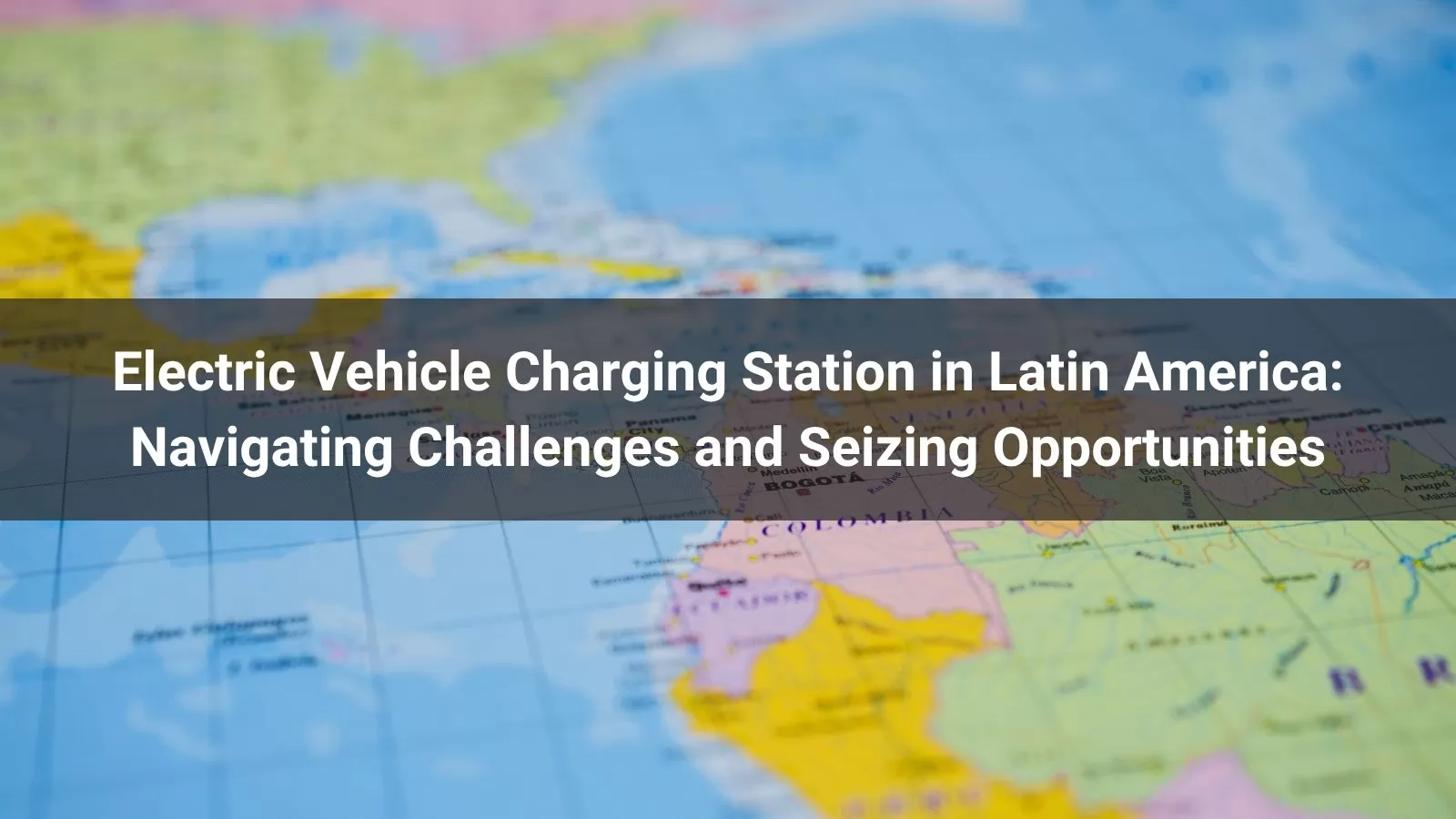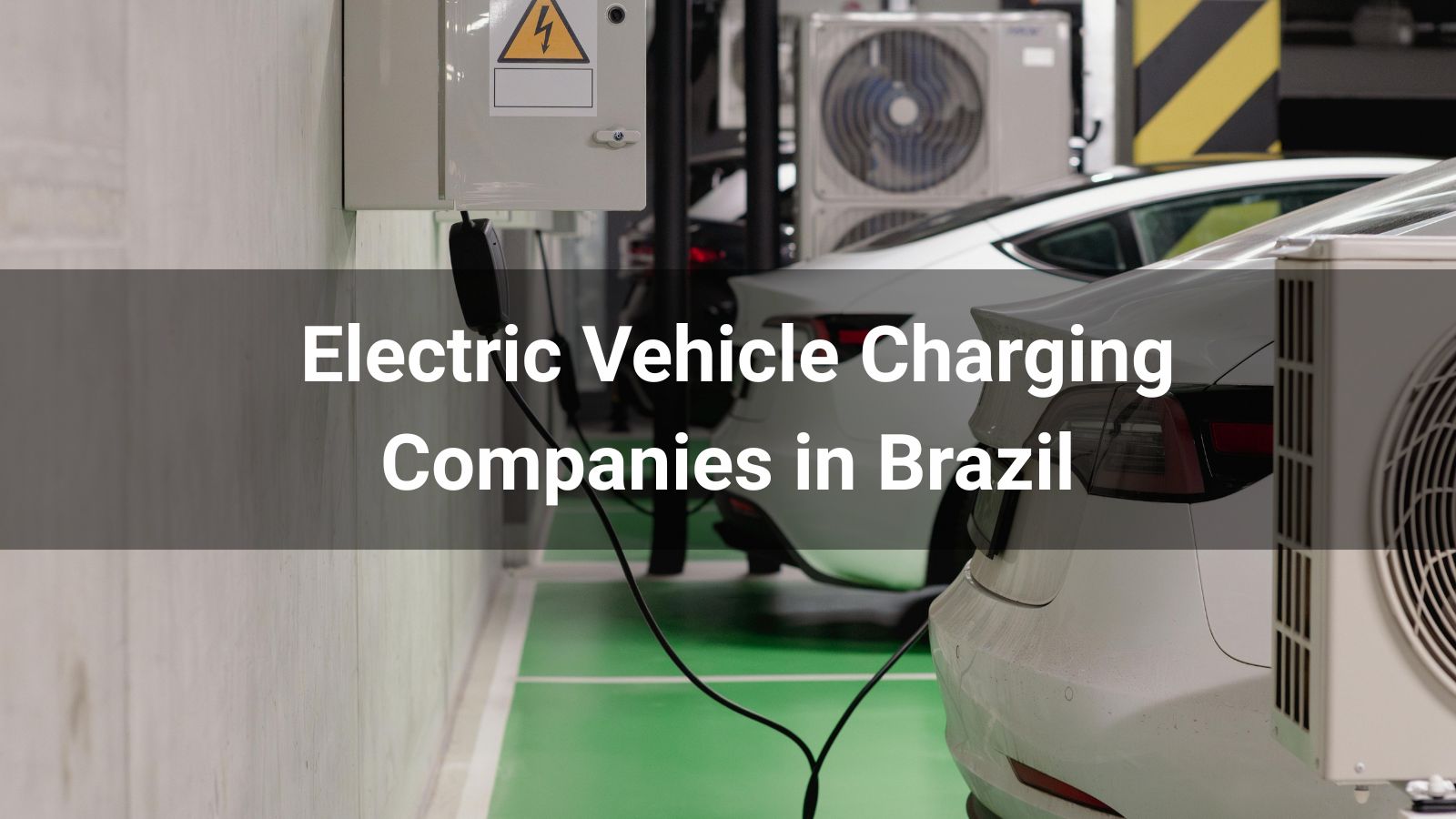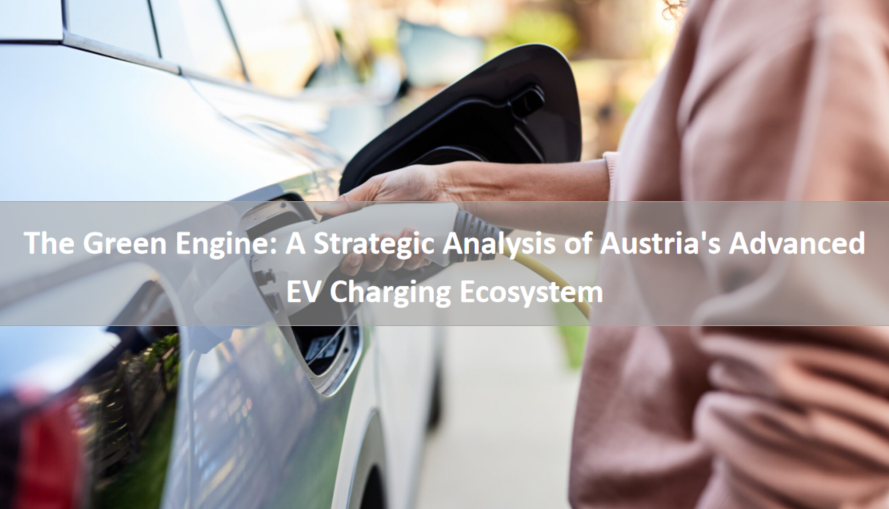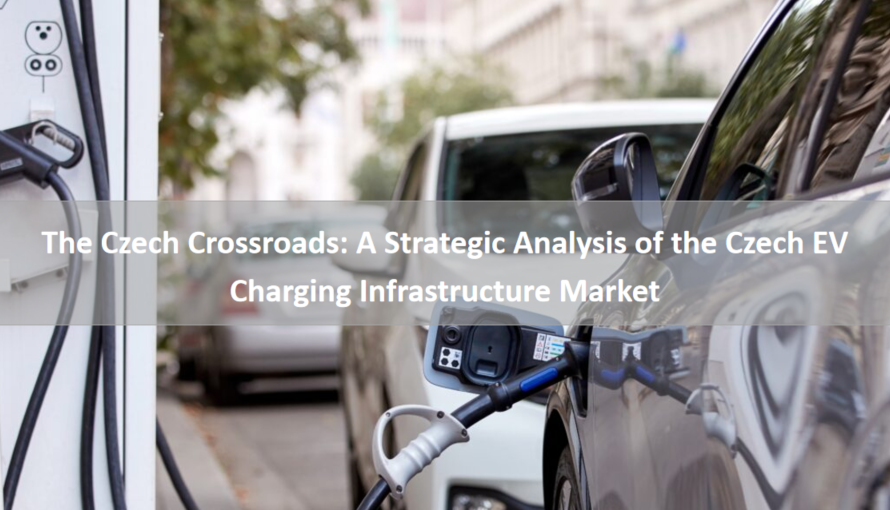
The transition to electric mobility is a cornerstone of Latin America’s sustainable development agenda. While the region has made strides in adopting electric vehicles (EVs), the expansion of charging infrastructure remains fragmented, hindered by financial, regulatory, and technological barriers. This analysis examines the current state of EV charging infrastructure across key Latin American markets, identifies systemic challenges, and highlights opportunities for stakeholders to accelerate progress. Drawing insights from successful case studies in Chile, Costa Rica, and Colombia, we propose actionable strategies for governments, private enterprises, and international organizations to build a robust, equitable, and future-ready charging ecosystem.
1. Current State of EV Charging Infrastructure in Latin America
Market Growth and Regional Disparities
Latin America’s EV market grew by over 260% in key countries (Argentina, Brazil, Chile, Colombia, Costa Rica, Mexico, Peru, Uruguay) between 2021–2023. Chile and Colombia lead in public charging infrastructure, while Argentina and Peru lag due to regulatory inertia.
-
Chile: 1,032 public charging points (405 semi-fast, 194 fast).
-
Brazil: 3,800 connectors, concentrated in São Paulo, Santa Catarina, and Paraná.
-
Mexico: 2,083 public stations, driven by private sector investments (e.g., Tesla, BMW).
-
Costa Rica: 440 stations, supported by tax exemptions and state-led initiatives.
Figure 1 illustrates stark disparities in EV adoption and infrastructure development, with Brazil and Mexico dominating hybrid sales but trailing in pure EV penetration.
Policy Frameworks
-
Progressive Policies: Chile’s National Electromobility Strategy (40% private EVs by 2050) and Colombia’s Law 1964 (tax exemptions for EVs) exemplify integrated approaches.
-
Lagging Markets: Argentina lacks a cohesive regulatory framework, relying on automaker-led initiatives (e.g., Renault, BYD).
2. Key Challenges to Scaling Charging Infrastructure
2.1 Infrastructure and Technological Barriers
-
Geographic Diversity: Mountainous terrains (e.g., Andes) and rural electrification gaps complicate grid connectivity.
-
Interoperability: Multiple connector types (Type 1, CCS2, CHAdeMO) create compatibility issues.
-
Grid Capacity: Urban grids in cities like Bogotá and São Paulo require upgrades to support fast-charging demand.
2.2 Financial and Operational Hurdles
-
High Capital Costs: Fast-charging stations demand $50,000–$150,000 per unit, excluding grid upgrades.
-
Business Model Risks: Low EV adoption rates deter private investors. Only 0.01% of Brazil’s vehicle sales are EVs.
-
Funding Gaps: Public budgets prioritize traditional infrastructure, while multilateral funding (e.g., IDB, World Bank) remains underutilized.
2.3 Regulatory Fragmentation
-
Policy Inconsistency: Mexico’s state-level incentives (e.g., tax exemptions in Nuevo León) contrast with federal inertia.
-
Lack of Standards: Argentina has no national guidelines for charging station safety or interoperability.
2.4 Public Perception and Cultural Resistance
-
Range Anxiety: 68% of potential EV buyers in Ecuador cite charging accessibility as a concern.
-
Cultural Attachment to ICE Vehicles: In Brazil, ethanol-fueled cars dominate due to decades of policy support.
3. Opportunities and Strategic Benefits
3.1 Environmental and Health Gains
-
Emission Reductions: Transport accounts for 42% of Costa Rica’s GHG emissions; EVs could cut urban NOx and PM2.5 levels by 30–50%.
-
Noise Pollution Mitigation: EVs reduce urban noise by 5–10 dB, enhancing livability in cities like Medellín.
3.2 Economic and Industrial Growth
-
Job Creation: Charging infrastructure projects could generate 15,000–20,000 direct jobs regionally by 2030.
-
Local Industry Development: Brazil’s idle automotive capacity (50%) could pivot to EV production, attracting investments from BYD and Stellantis.
3.3 Energy Independence
-
Renewable Integration: Chile’s solar-rich Atacama Desert and Uruguay’s 95% renewable grid position the region as a green hydrogen and EV hub.
4. Case Studies: Lessons from Regional Leaders
4.1 Chile: Policy-Driven Electromobility
-
Strategy: National targets (100% electric public transport by 2050) paired with tax incentives and renewable integration.
-
Outcome: 40 ultra-fast chargers deployed along the Pan-American Highway, reducing range anxiety.
4.2 Costa Rica: Fiscal Incentives and Public-Private Synergy
-
Policy: Law of Incentives for Electric Transport (2018) eliminated import taxes on EVs and mandated chargers every 80 km on highways.
-
Result: EV sales doubled in 2023, with ICE Group leading solar-powered charging networks.
4.3 Colombia: Urban Innovation and Electric Corridors
-
Initiative: Medellín’s Electric Route installed 26 fast chargers along 256 km, integrated with renewable microgrids.
-
Impact: 1,500 electric buses operational in Bogotá, reducing CO2 by 120,000 tons annually.
5. Strategic Recommendations
5.1 For Governments
-
Unified Regulatory Frameworks: Establish national standards for connectors (e.g., adopting CCS2 regionally) and streamline permitting.
-
Fiscal Incentives: Replicate Costa Rica’s tax rebates and introduce low-interest loans for charging startups.
-
Grid Modernization: Partner with utilities (e.g., Brazil’s Eletrobras) to deploy smart grids and demand-response systems.
5.2 For the Private Sector
-
Innovative Business Models:
-
Network-Operator Model: ChargePoint’s host-owned hardware with shared revenue.
-
Battery Swapping: Pilot NIO’s separation model in Ecuador to reduce upfront costs.
-
Localized Solutions: Develop affordable AC chargers (<22 kW) for rural areas.
5.3 For International Organizations
-
Funding Mobilization: IDB and CAF should prioritize concessional loans for cross-border charging corridors (e.g., Brazil-Argentina).
-
Knowledge Sharing: Create a regional electromobility taskforce to disseminate best practices.
6. Future Outlook
By 2030, Latin America’s EV fleet could surpass 5 million units, driven by:
-
Declining Battery Costs: Projected to fall below $80/kWh by 2030.
-
Urbanization: 85% of the population will reside in cities, necessitating clean transit solutions.
-
Global Partnerships: Tesla’s Gigafactory in Mexico and BYD’s Brazil expansion signal long-term confidence.
Conclusion
Latin America stands at a pivotal juncture. While challenges like fiscal constraints and cultural inertia persist, the region’s renewable energy potential and urban dynamism offer a unique pathway to lead the Global South’s EV transition. By emulating Chile’s policy rigor, Costa Rica’s incentive structures, and Colombia’s urban innovation, stakeholders can transform charging infrastructure from a bottleneck into a growth engine—driving environmental resilience, economic equity, and technological leadership.








